
Paris has a number of famous landmarks
Europe is littered with all different types of landmarks. Here are some of the classics, with a surprise or two.
Edinburgh Castle, Edinburgh, Scotland
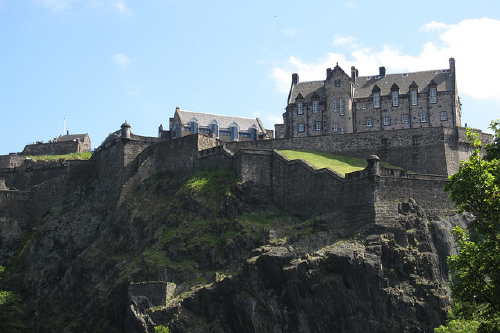
When you think Edinburgh, you think castle. Summing up the perfect picture of the capital, the castle sits atop Castle Rock hill and shadows over the city below. With a history dating back to the 12th Century, the Castle is today the establishment of the Scottish Government. However, the castle is also open to tourists, with a number of ceremonies and attractions inside.
Eiffel Tower, Paris, France
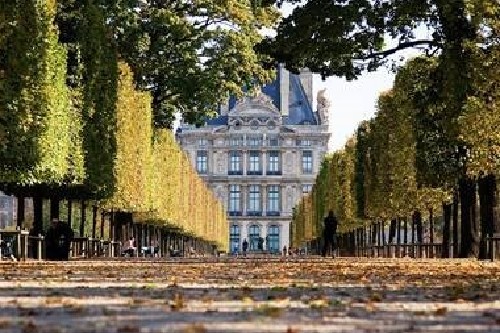
Probably the most recognisable landmark in the whole of Europe, the Eiffel Tower was built simply for decorative and visual purposes, providing and entrance to the Exposition Universelle - a World Fair held in 1889. The tower is the most visited monument on the continent and when built, was the tallest manmade structure in the world.
St Basil's Cathedral, Moscow, Russia
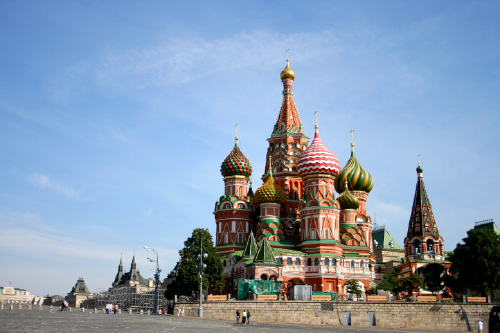
Like something out of Charlie and the Chocolate Factory, this cathedral in Moscow’s famous Red Square was built in 1561. The building is actually a collection of churches and stands out as an architectural anomaly for its time. No other buildings from the same era can be found that are architecturally simialr to St Basil's Cathedral. It's another great landmark that you can really experience as you’re allowed inside.
Sagrada Familia, Barcelona, Spain
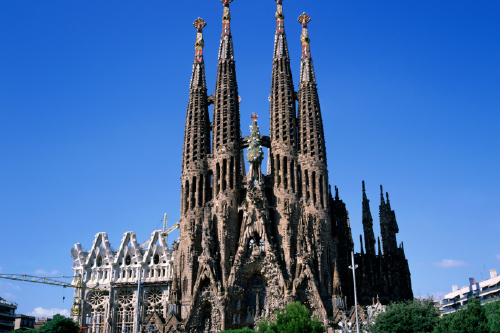
This time it’s a Spanish architectural anomaly, fusing modern art with gothic styles. Designed by Spaniard Antoni Gaudi, the building is yet to be finished. Gaudi died in 1926 while still working on the building and nobody is yet to pick up where he left off and complete it. Whether through fear of ruining his design or the concious decision to keep it as a monument of respect, Sagrada Familia remains infinished over 130 years later.
Vatican City, Italy
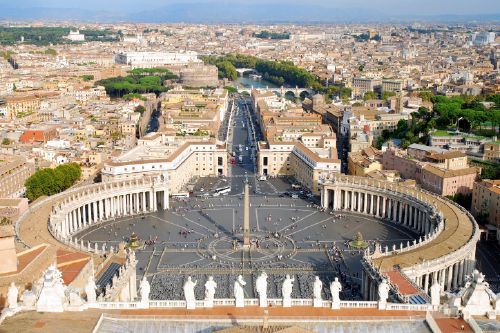
A city in its own rights, Vatican City State is a walled enclave within the city of Rome. It stands as the centre for the Roman Catholic Church. With more history, art and culture than many whole countries have on offer, this small city has a population of only 800. Guided tours only cost 30 Euros and all money goes towards the running of the city, as it has a noncommercial economy.
Notre Dame de Paris, Paris, France
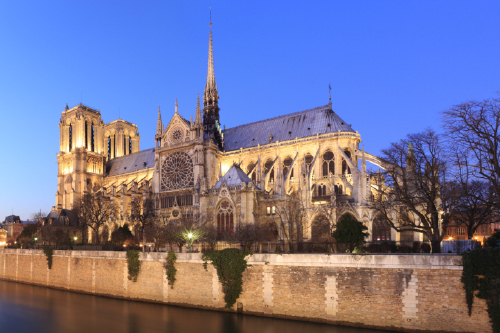
Notre Dame is a place that most of us hear of from an early age because of Disney’s Hunchback of Notre Dame, which derived from Victor Hugo’s 1829 novel. Notre Dame Cathedral is one of the world’s most famous churches and is well revered in the world of architecture - often considered the best example of the gothic architecture that dominates Europe. Again, the cathedral is another great landmark that you can explore inside.
Plitvice Lakes, Croatia
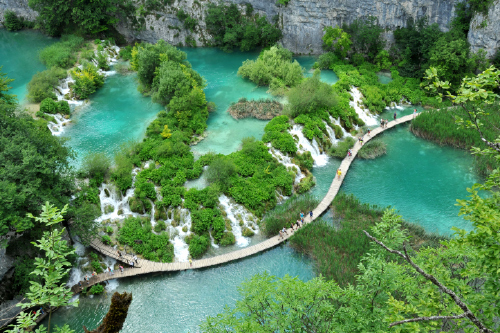
The Plitvice Lakes National Park is often overlooked, but is one of the best natural landmarks in Eastern Europe. This maze of lakes and waterfalls was the site of the the first conflict of the Croatian War of Independence in 1991. The war lasted another four years before Croatia won and gained back control of their land from Serbia. With its history well behind it, the park has now become a place of ultimate serenity.
Acropolis, Athens, Greece
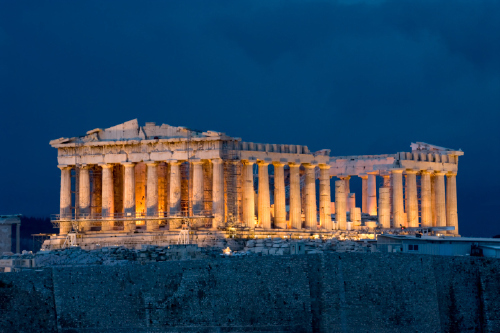
Greece’s iconic landmark is something of a linguistic confusion. An acropolis is any form of fortress or castle that sits upon a cliffed hill, above a town or city. Therefore, Edinburgh Castle could be described as an acropolis. However, the Acropolis of Athens is so famous, that it has become the known as The Acropolis. Now the Parthenon is often also confused with the Acropolis, but is actually a structure within the Acropolis.
With this knowledge you shouldn’t embarrass yourself by saying something silly while you're there. Although it’s said that the marble does sometimes get quite slippy when wet, so you could still embarrass yourself by falling over in the rain.
Tell us the landmarks you love and hate by commenting below or tweeting us@FemaleFirst_UK
Female First
James Mellan @jamesmellan1

